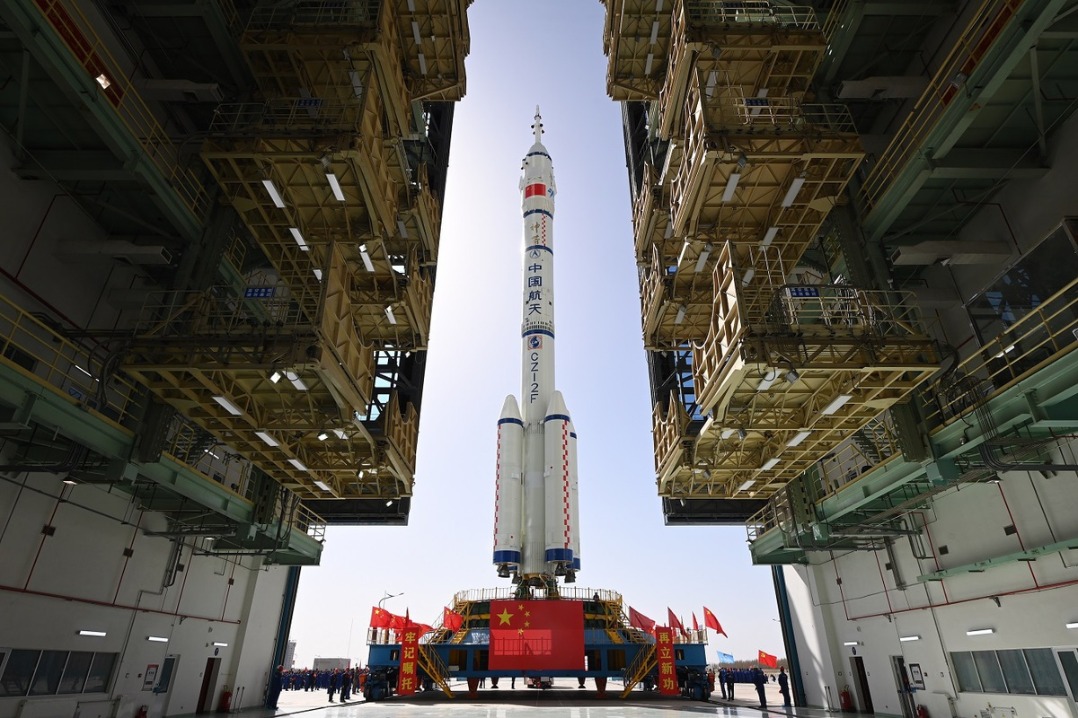Chongqing halts major projects on the Yangtze
By Tan Yingzi in Chongqing | China Daily | Updated: 2019-01-05 07:57

In May, the news that Yunyang county in Southwest China's Chongqing rejected a 10 billion-yuan ($1.46 billion) project because of environmental reasons drew public attention.
The local government had followed the project for eight years. If the industry were settled in this remote county, it could create over 10,000 local jobs.
But the county chose to give up the project after it failed to pass the environmental impact assessment.
Yunyang county, 310 km east of Chongqing, has been a vital ecological barrier on the upper reaches of the Yangtze River, especially in the Three Gorges Reservoir area.
"We cannot sacrifice the environment for economic development," said Zhang Xuefeng, the head of Yunyang county.
The world's third-longest river, the Yangtze runs for 6,300 kilometers from the glaciers of the Qinghai-Tibet Plateau eastward through Chongqing, Wuhan and Nanjing before reaching the East China Sea at Shanghai.
More than 400 million people get their drinking water from the river.
But it is facing severe environmental challenges after years of exploitation.
In January 2016, after his inspection tour to Chongqing, Chinese President Xi Jinping ruled out major development projects along the Yangtze River at a top-level meeting to finalize guidelines for the economic belt along China's longest river.
He urged officials from provinces along the river to concentrate on ecological restoration and protection, and to avoid large-scale development.
The same year, the central government issued a plan for the Yangtze River Economic Belt to coordinate a balanced and sustainable development in the region, which covers 11 provinces and municipalities, including Hubei, Hunan, Shanghai and Chongqing, and is home to about 40 percent of the country's population and GDP.
While presiding over a meeting to push the development of the economic belt in Wuhan, capital of Hubei province, in April, Xi reiterated that environmental recovery must be the project's top priority so the Yangtze River Economic Belt can develop into a golden belt with beautiful scenery and smooth traffic.
Like Yunyang county, other places in Chongqing have opted for green development in recent years and rejected over 780 projects due to harmful environment impacts.
With 691 kilometers of the river running through the city, Chongqing has made ecological protection its most important mission with an "ecological red line" around area of 4.2 million hectares of timberland, 3.7 million hectares of forest and 210,000 hectares of wetland.
To restore the water quality, local ecology and environment authorities banned new chemical projects within 1 kilometer of the major branches of the Yangtze River and new industrial parks within 5 km.
So far, 256 heavy polluting factories in Chongqing have been relocated.
To restore the ecological system on the Yangtze's upper reaches, Chongqing has planted more than 380,000 hectares of trees in 2018 covering 45.4 percent of its area.
The city also explored new ways to use law enforcement to safeguard the river's ecology.
In September, the Yangtze River Ecology Prosecutors Office was set up at the No 2 Branch of Chongqing Municipal Procuratorate, to better enforce laws against perpetrators of environmental crimes.
"The river ecology system is a comprehensive one, so we should have a comprehensive legal protection system," said Liu Qing, the chief prosecutor of the No 2 branch.
The special office will focus on the public-interest litigation in water, forest and wetland along the river.























